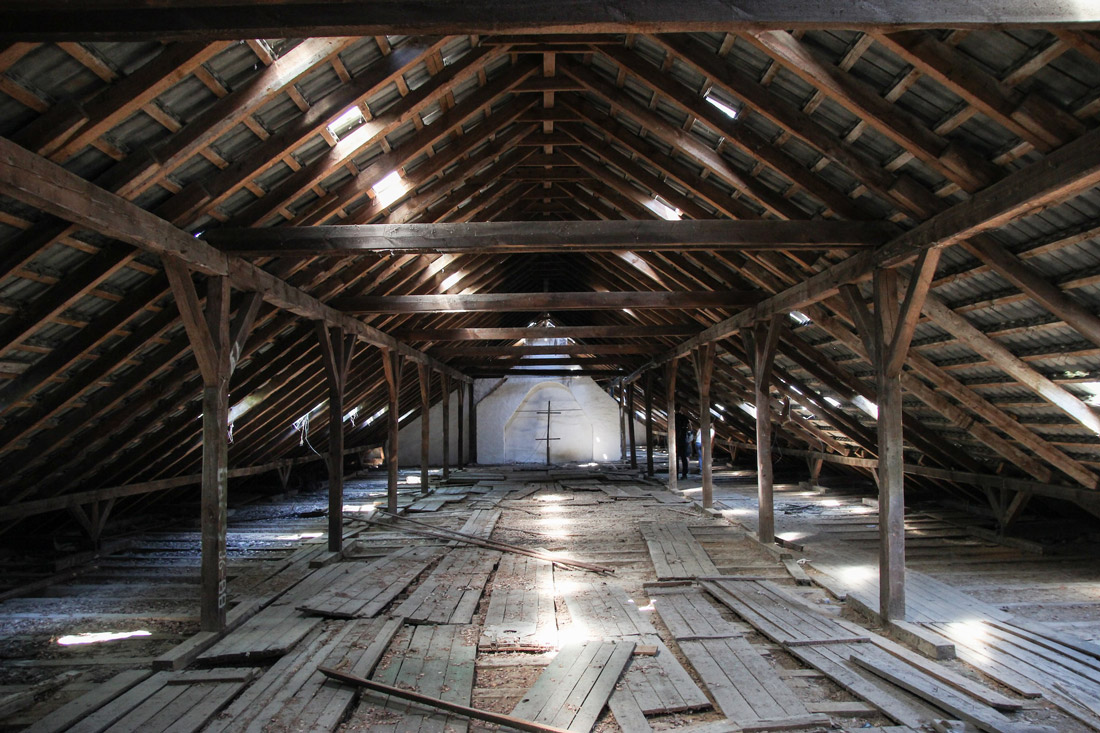Our attics are commonly used as places to store things we don’t currently need or use, but have a very strong emotional bond with them so we can’t just let them go.
But the truth is that the attic is so much more than this. An attic is a space where different climate zones collide in our houses. During summer, it is a space that gets quite overheated, especially when it lacks proper insulation and ventilation. During winter, it is a space colder than the rest of the house, but warmer than the outside world.
That’s precisely why proper attic insulation is very important. With that in mind, let’s see how you can insulate an attic and what are some of the most common DIY mistakes you need to avoid.
Insulate your attic properly
Since attics usually lack any air conditioning, they need to be properly insulated to ensure that the rest of our homes stay nice and comfortable. What’s more, proper roof insulation can also significantly lower your energy bills, as the conditioned air won’t be able to escape through this surface easily.
There are many ways to insulate your attic, so if you’re looking for some additional information, there are excellent tips you can find here. Before you begin, however, make sure you compare different types of insulation and learn as much as you can about them.
They all have one thing in common: they need to be installed properly if you expect the best performance. And here are some mistakes to avoid if you are intending to do it yourself.
Mistake 1: Forgetting to seal air leaks
Forgetting to seal air leaks will simply ruin the entire project. So, before you start applying insulating layers, make sure you get rid of any and all air leaks first.
Since insulation is supposed to slow – or eliminate – the process of heat leaving or entering the house, this will be virtually impossible to achieve if air leaks are not sealed.
Focus on areas between attic windows and doors, and use caulk or weatherstripping.
Mistake 2: Covering up ventilation and blocking the air flow
Although air leaks definitely need to be sealed, you still need to ensure that you attic has proper ventilation in place to prevent any condensation and other humidity-related issues.
The best way to prevent blocking soffits vents is to install rectangular attic baffles that fit between the rafters.
Mistake 3: Not getting enough material
If you’re planning on insulating your attic by yourself, make sure you always get a bit more material than you think you’ll need.
The last thing you want is to run out of material halfway through the project. So, make sure you measure everything properly and get some extra materials just in case.
Mistake 4: Overstuffing fiberglass insulation
If you decide to install fiberglass insulation, make sure you don’t overdo it. Fiberglass insulation functions by catching air between the layers of spun glass in tiny air pockets. Those pockets slow the temperature change, and keep the home temperature at the level we need it to be. But overstuffing with fiberglass will reduce the amount of air pockets so the insulation won’t function properly and it will lose its efficiency.
Mistake 5: Removing old insulation if it is not necessary
Before you decide to remove old insulation, do some inspection on what material was used, assess existing insulation and check out the condition of it.
If the asbestos was used for the insulation, and we all know how hazardous it can be if agitated and fibers get released into the air and inhaled, it is of utmost importance to prevent it and take all precautions to protect yourself when removing it. The best way to do it is to hire experts for asbestos insulation removal.
But if the existing insulation is in overall good shape, there is no need to remove it and install the new one. Instead, look for ways to simply improve the performance by adding just another layer or two.






